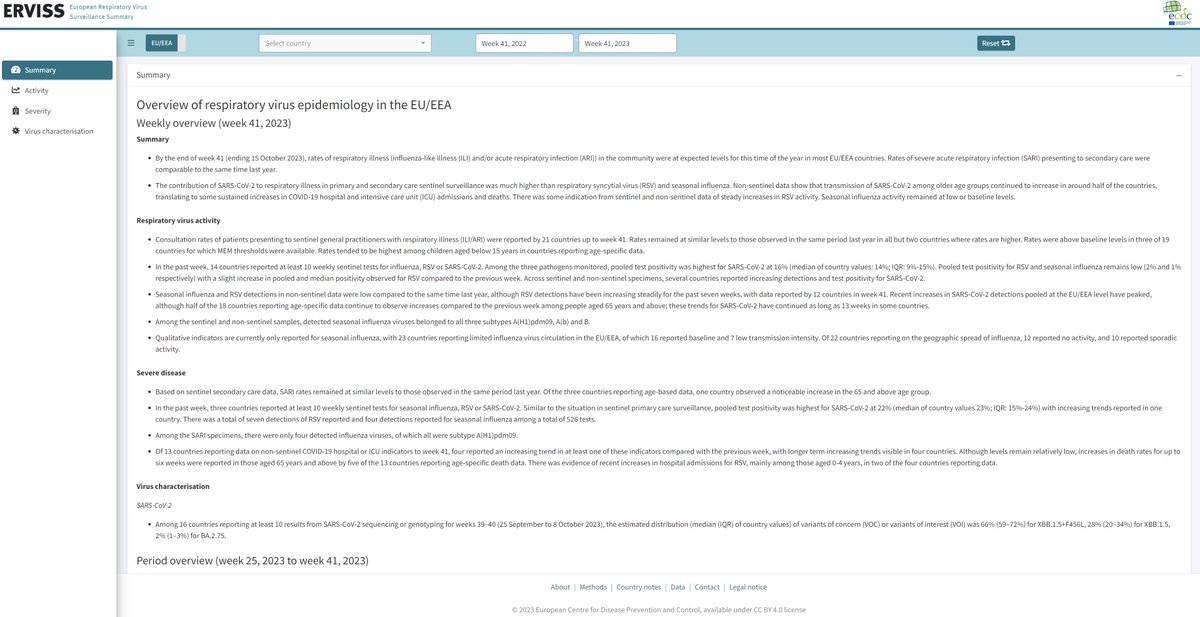#JustPublished!
A joint #ECDC - @EMA_News statement on updating #COVID19 vaccines composition for new #SARSCoV2 virus variants.
Read full here:
bit.ly/42wARAa
A joint #ECDC - @EMA_News statement on updating #COVID19 vaccines composition for new #SARSCoV2 virus variants.
Read full here:
bit.ly/42wARAa

Currently authorised vaccines continue to be effective at preventing hospitalisation, severe disease and death due to #COVID19.
However, protection against the virus declines over time as new #SARSCoV2 variants emerge.
However, protection against the virus declines over time as new #SARSCoV2 variants emerge.

In line with the outcome of recent meetings of international regulators and the @WHO, @EMA_News Emergency Task Force recommends updating vaccines to target #XBB strains (a subgroup of #Omicron), which have become dominant in Europe and other parts of the world. 

Both agencies (@ECDC_EU & @EMA_News) note that monovalent vaccines (vaccines targeting only one strain such as XBB.1.5) are a reasonable choice to provide protection against current dominant and emerging strains.
#COVID19
#COVID19

Timely vaccination ahead of a potential autumn and winter 2023 surge of #COVID19 cases is essential for protecting people from severe COVID-19 and health systems from being overwhelmed. 

• • •
Missing some Tweet in this thread? You can try to
force a refresh
























